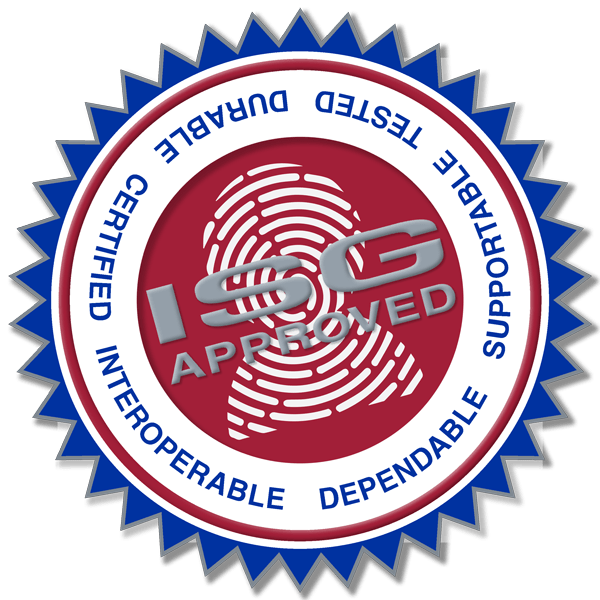With security becoming a growing concern for companies everywhere, many organizations are implementing electronic access control systems to secure their building and protect important assets. Access control typically requires the use of technology cards, typically proximity or smart cards, to gain access to doors and other openings.
For customers that are not familiar with contactless technology cards, it can be easy to confuse proximity cards and smart cards as they can both be used for electronic door access control. However, there are significant differences between the two card technologies, particularly when it comes to security. You want to be sure to select the right cards for your organization, so we’ve outlined some important differences between these technologies below.
Proximity Cards
Proximity cards are low frequency, contactless cards featuring an RFID (radio-frequency identification) microchip encoded with information, including the card’s identification number and/or the site facility code. When the card is scanned in close enough proximity to a prox card reader, a signal is sent from the card to the reader to verify the card’s data.
The great thing about proximity cards is they are a universal technology, meaning almost every system has a reader that can recognize and therefore, support it. Furthermore, because proximity cards do not require swiping, like a magnetic stripe, they endure very little wear and tear over the years.
However, these read-only cards have some limitations when it comes to data storage and security. With no encryption on the card itself, any reader that recognizes the prox format can easily read and even duplicate the card number. There have been frequent reports of prox card cloning over the years as the technology becomes easier and easier to recognize and duplicate. Even kiosks in some hardware and convenient stores have options for cloning prox cards now!
Smart Cards
Smart Cards are another contactless card technology that has evolved to meet the limitations of proximity cards. They were created with the intent of being copy-resistant by using a two-way communication with card readers to provide a higher level of authentication. Smart cards are highly adaptable and can be programmed with multiple encrypted credentials for enhanced security and added functionality, such as the ability to store financial data to be used for purchases.
There are a wide variety of smart card formats available ranging from MIFARE Classic to DESFire EV2. Different card manufacturers offer their own, privately branded, secure smart card options so you may recognize card types like iClass or SEOs as well. With so many options to choose from, it can sometimes be difficult to determine which hardware devices are compatible with the smart card technology chosen. Unlike prox, which is a more universal technology, many hardware companies have limited support for smart credentials. However, the added encryption and security benefits are worth the limited hardware options for some facilities!
Access Control Cards & More from the ISG
If you are currently using proximity cards for door access, time and attendance or other applications at your facility, but you are interested in learning more about smart cards, we can help! We can even offer dual-technology cards that combine both smart and proximity technology, allowing for existing systems to still utilize the prox card while hardware is upgraded to support smart technology over time.
Our ISG dealer network can help you navigate the often-confusing world of smart cards versus proximity cards. Contact us today to to speak with your local ISG member to learn more about this and other solutions.


